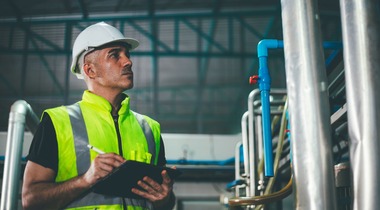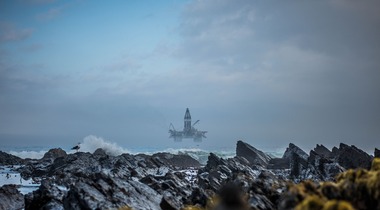It’s no secret that we’re living in one of the most exciting periods of human history.
Built on the shoulders of the Third Industrial Revolution (which began in the 1960s with the invention of electronic and IT systems), the Fourth Industrial Revolution (4IR) began in the 1990s when the Internet opened up to the entire world.
Some of the biggest drivers of the Fourth Industrial Revolution include artificial intelligence, machine learning, robotisation, automation, and the Internet of Things (IoT). This looks like interconnected devices (of which there are already 7 billion), automated and electric vehicles, biological breakthroughs, and more.
The Fourth Industrial Revolution will continue to blur the lines between what is digital, physical, and even biological—and the implications of this advancement are going to be enormous.
The political gap between countries that embrace the technologies of the Fourth Industrial Revolution will continue to grow. And so is the gap between companies that make smart investments. The businesses that invest in 4IR technologies—traditionally larger firms with a digital-first mindset—are zooming past competitors who can’t change fast enough.
If industries want to survive, the time has come to play catch up.
The pain of embracing change
There are a few reasons digital transformation has stalled. In fact, Gartner identified six key barriers. One of the biggest roadblocks? A company’s mindset. Digitisation requires tremendous investments of time, energy, and money. “Digitisation” is also an obscure goal, and the return on investment isn’t always obvious. Unlike “increase revenue by 10%” or “improve operational efficiency by 5%”, “embrace digitisation” doesn’t have a measurable way to prove success.
There are also practical reasons it’s hard to embrace a digital transformation. To start, GSM and mobile networks only cover 10% of the world, making it difficult for companies in remote areas to even connect to the Internet, let alone make efficiency improvements with interconnected devices. Then there are the devices themselves, which are often produced by different companies and which don’t operate with each other. As you build, you need to find four or five companies that can work together, which can ultimately be a technical nightmare.
Finally, for many companies there hasn’t been a “pressure” to digitise (that is, until a global pandemic forced the world to go digital overnight). Because of the complications of building digital solutions, the benefits of digitisation haven’t stood out against the necessary investment. These factors, combined with the fact that there’s no deadline for transformation, mean that 4IR implementation often gets shoved to the side as a project companies will tackle “someday.”



